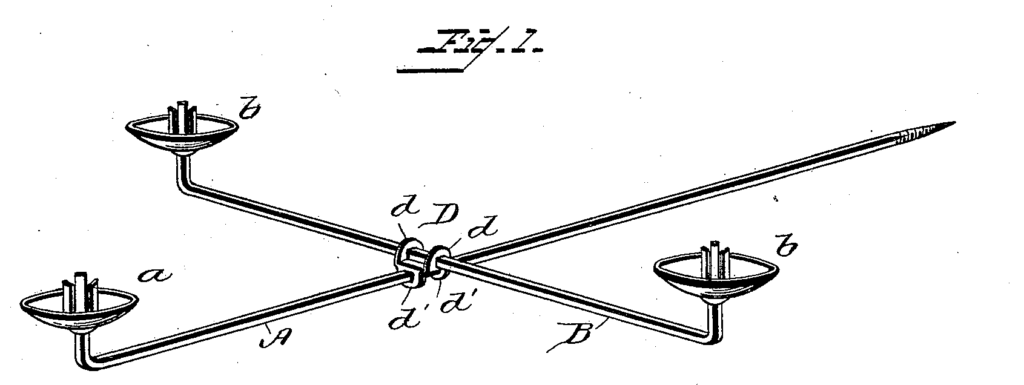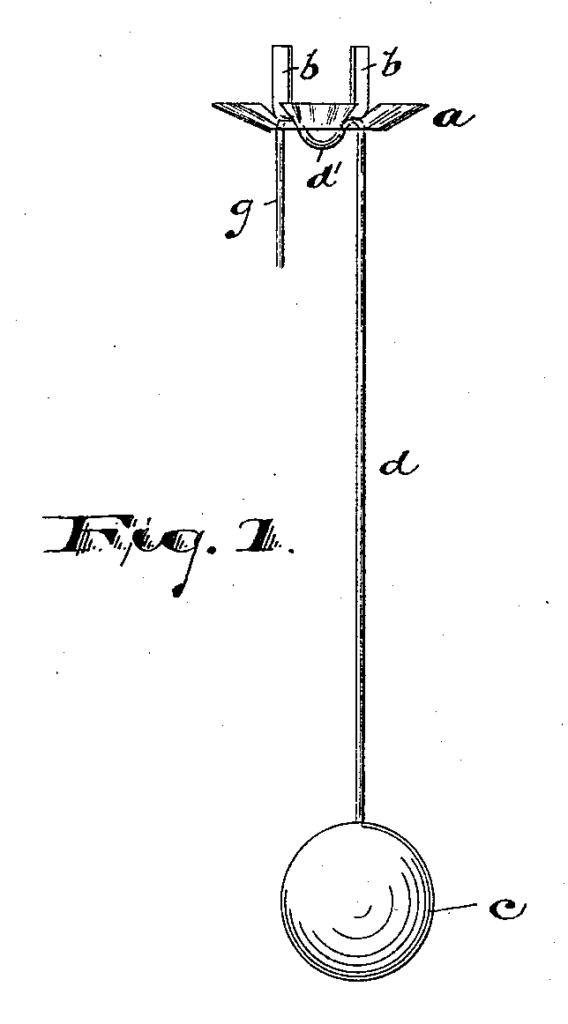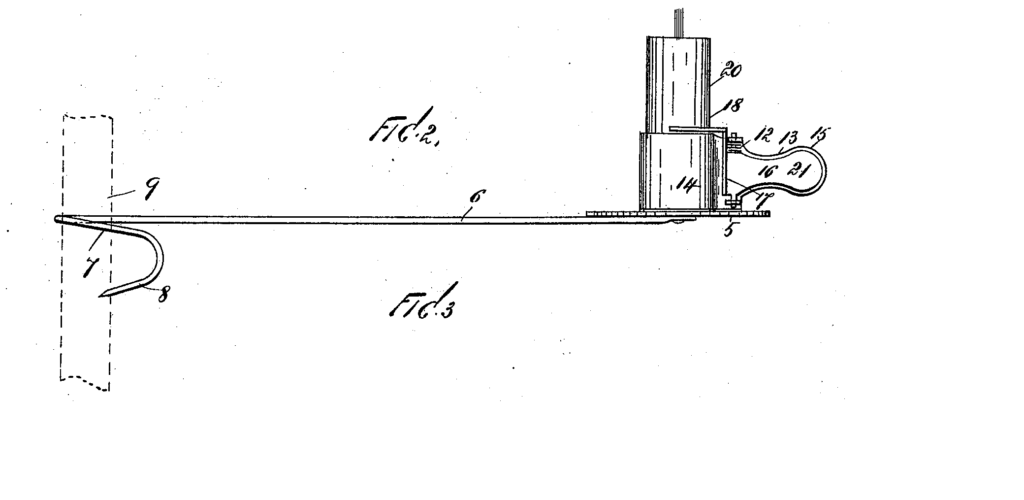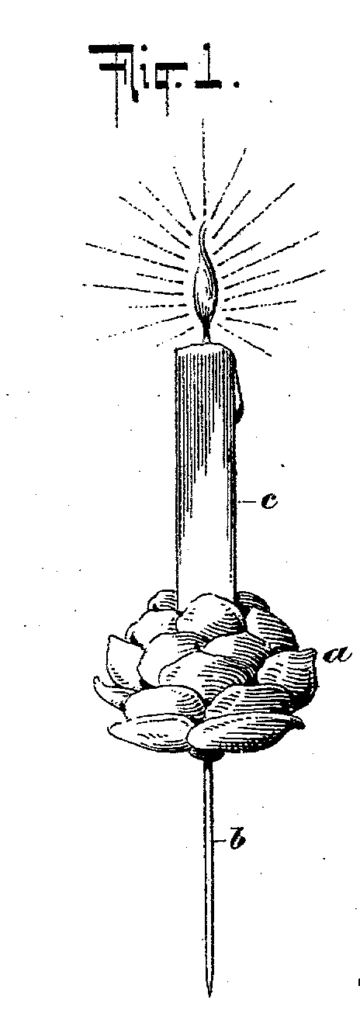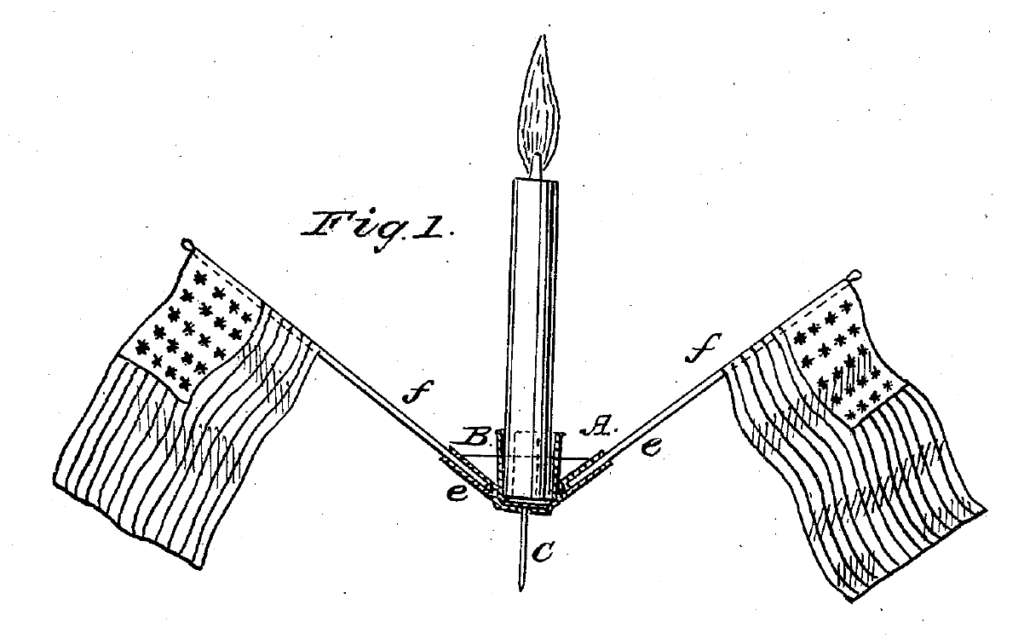In Modern Font Applications LLC v. Alaska Airlines, Inc., [2021-1838] (December 29, 2022) the Federal Circuit dismissed the appeal under the collateral order doctrine.
To avoid unnecessary delay from parties arguing or litigating the form of a protective order, the District of Utah adopted a Standard Protective Order. Pursuant to that protective order, Alaska Airlines designated certain source code files as “CONFIDENTIAL INFORMATION –
ATTORNEYS’ EYES ONLY,” which precluded MFA’s inhouse counsel from accessing those materials under the Standard Protective Order. When MFA challenged Alaska’s designations, Alaska filed two motions to maintain its protective order designations. The magistrate judge granted Alaska’s motions to maintain its protective order designations and denied MFA’s motion to amend the protective order. The district court affirmed.
Modern Font Applications LLC sought an interlocutory appeal to challenge an order of the district court which affirmed a magistrate judge’s decision deeming MFA’s in-house counsel a “competitive decisionmaker” and maintaining Alaska Airlines, Inc.’s Attorneys’ Eyes Only designations as to its source code. MFA argued that the Federal Circuit should hear its interlocutory appeal under the collateral order doctrine.
The Federal Circuit noted that Congress limited its jurisdiction to appeals from a
“final” decision of a district court arising under any Act of Congress relating to patents. Under the “final judgment rule, a party may not appeal until there has been a decision by the district court that ends the litigation on the merits and leaves nothing for the court to do but execute the judgment. The Federal Circuit explained that the collateral order doctrine is a practical construction of the final judgment rule that permits review of not only judgments that “terminate an action, but also the “small class” of collateral rulings that are appropriately deemed “final.” Courts of appeals may allow interlocutory appeals of decisions that (1) are “conclusive;” (2) “resolve important questions separate from the merits;” and (3) are “effectively unreviewable on appeal from the final judgment in the underlying action.”
The Federal Circuit further said that the Supreme Court has repeatedly emphasized the limited scope of the collateral order doctrine, explaining that it should “never be allowed to swallow the general rule that a party is entitled to a single appeal, to be deferred until final judgment has been entered.”
The Federal Circuit said that MFA’s appeal did not satisfy the third requirement of the collateral order doctrine because it is reviewable after a final judgment. The Federal Circuit said that numerous cases have ruled that such discovery orders are outside appellate
jurisdiction because they can be reviewed after final judgment.











